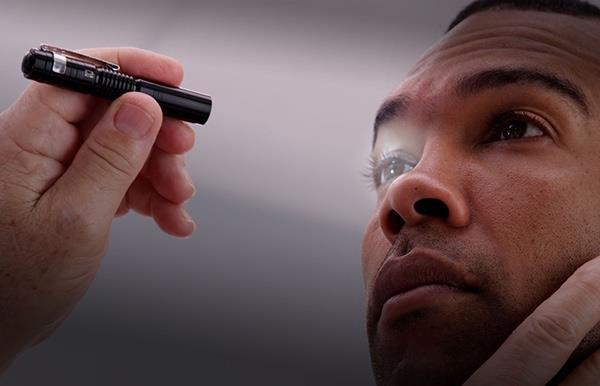Pupillary Evaluation: A Key Component in Diagnosing



Pupillary evaluation is a vital diagnostic tool in the assessment of neurological disorders. This blog post aims to educate medical professionals on the significance of pupillary evaluation in neurological diagnosis and the various techniques used to obtain essential diagnostic information.
Pupillary abnormalities can manifest in various ways and are often indicative of underlying neurological disorders. Some common pupillary abnormalities and their associated conditions include:
1. Anisocoria: Unequal pupil size can result from several causes, such as third cranial nerve palsy, Horner's syndrome, or pharmacological agents.
2. Abnormal shape: Irregularly shaped pupils may be due to ocular trauma, previous eye surgery, or congenital defects.
3. Impaired reactivity to light: Conditions like Adie's tonic pupil, optic nerve damage, or an afferent pupillary defect may present with a sluggish or absent pupillary light reflex.
4. Fixed and dilated pupils: This can occur in cases of severe brain injury, brain herniation, or oculomotor nerve compression.
5. Argyll Robertson Pupil: This abnormality, characterized by pupils that constrict with near vision but do not react to light, is typically associated with neurosyphilis.
A thorough pupillary evaluation can identify these abnormalities, providing valuable insights into the underlying pathology and guiding further diagnostic workup. Recognizing the specific pupillary abnormality and its possible association with a neurological disorder can lead to more accurate diagnoses and better patient outcomes.
Pupil evaluation encompasses several techniques, including the direct and consensual pupillary light reflex, the swinging flashlight test, and the near reflex test. Each technique assesses different aspects of pupillary function and reactivity, offering unique advantages and limitations. A comprehensive evaluation should incorporate multiple techniques to detect potential abnormalities and ensure an accurate assessment.
Pupillary evaluation is crucial in neurological diagnosis as it provides essential information on the integrity of the optic and oculomotor pathways. Accurate pupil diameter measurement and assessment of reactivity can help differentiate between various neurological disorders, guiding appropriate diagnostic tests and management plans. Early detection of pupillary abnormalities can lead to timely intervention, preventing further complications and improving patient outcomes.
In clinical practice, pupillary evaluation is a vital component of a neurological examination. It is essential to conduct a thorough pupillary evaluation in patients with suspected neurological disorders, as abnormal findings may direct further investigations and inform treatment decisions, ultimately improving patient care.